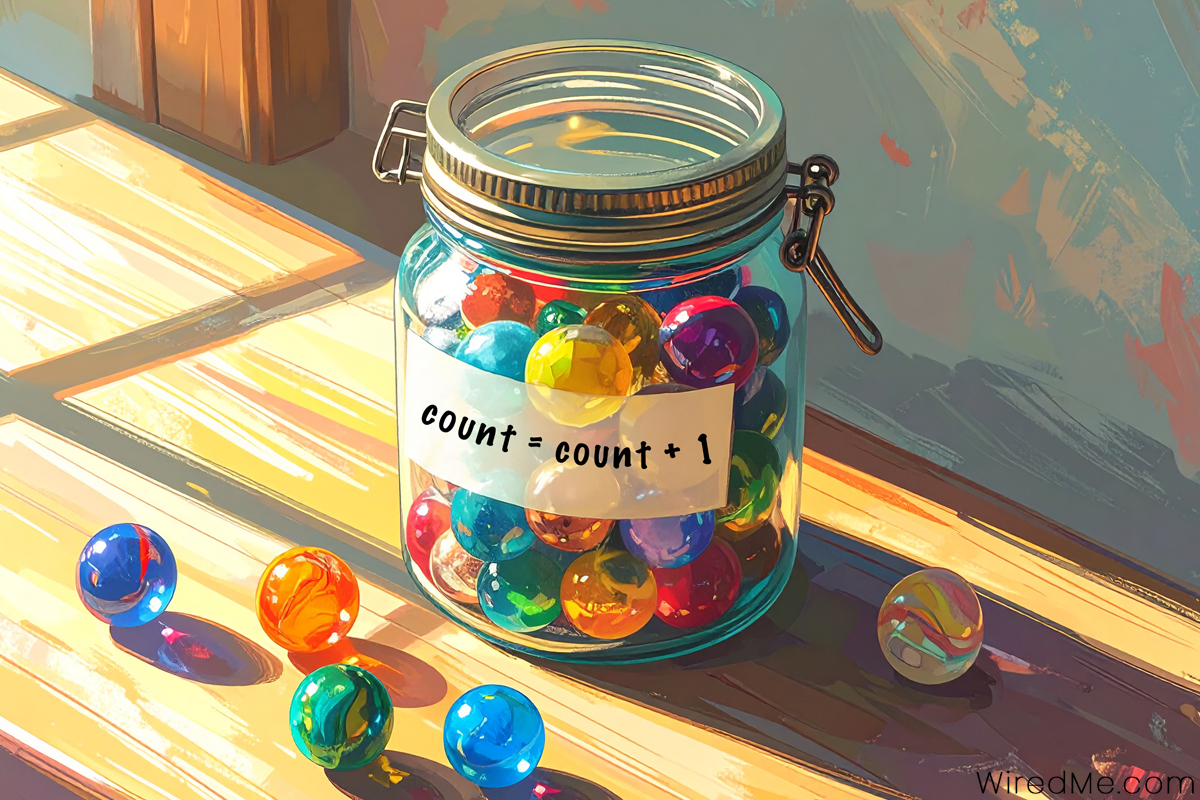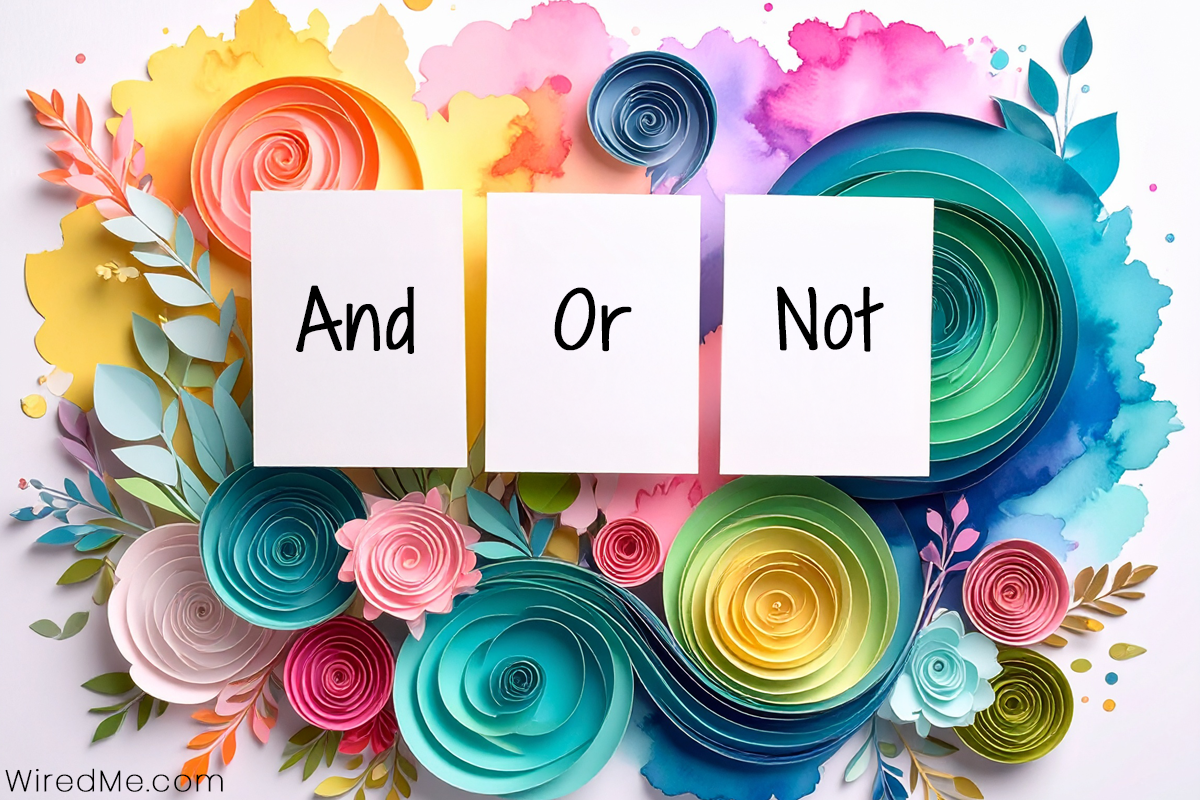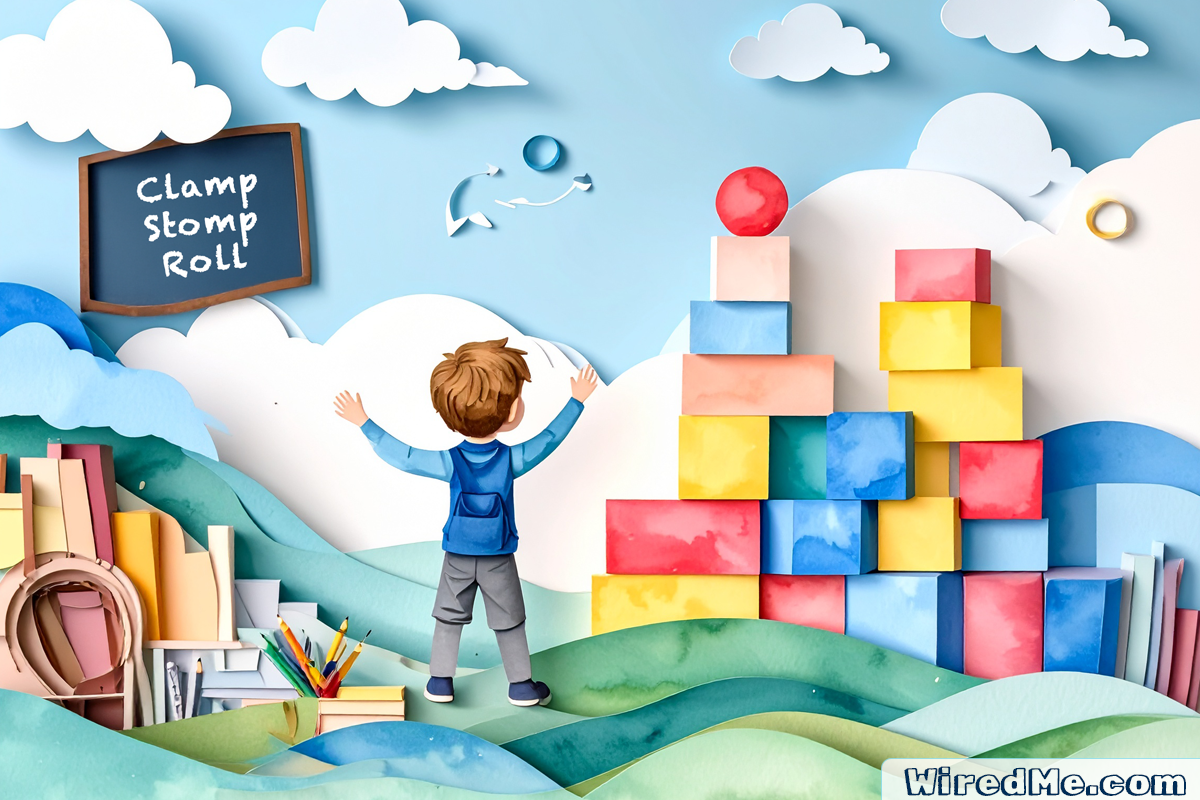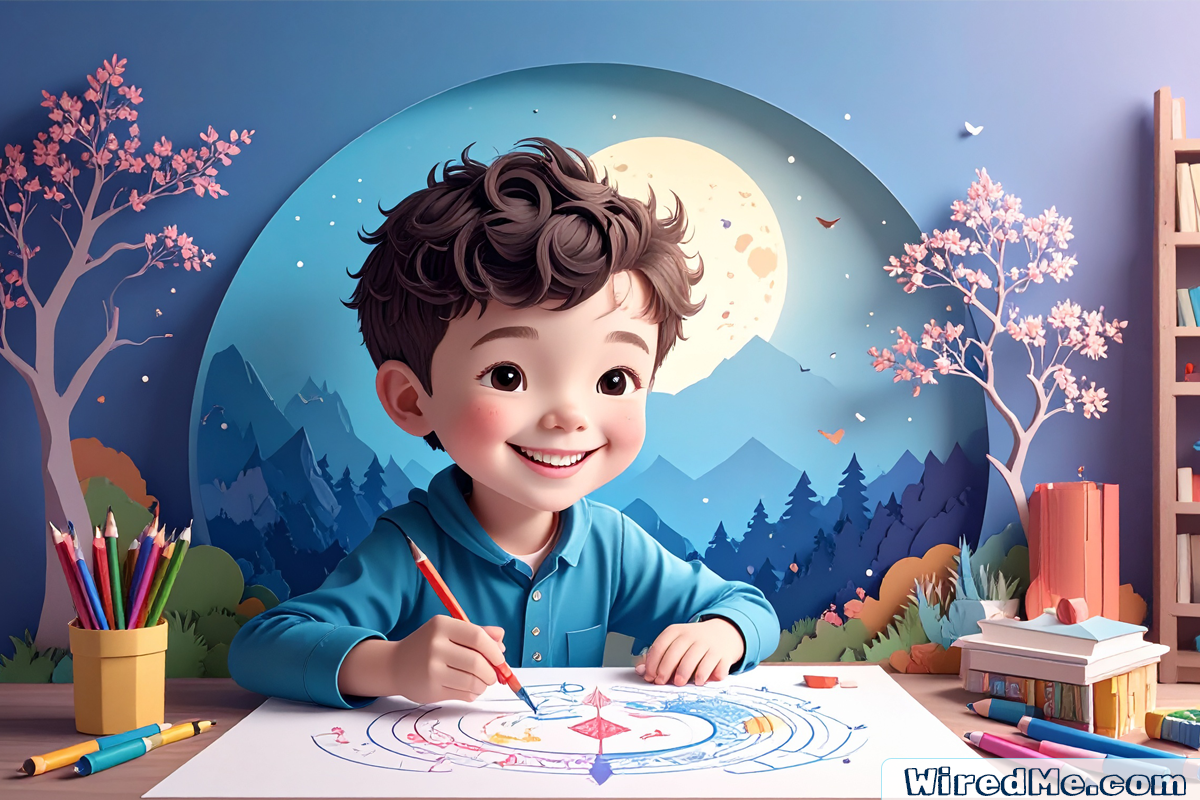Coding Concepts for Kids
Welcome to our Coding Concepts for Kids hub
This is where foundational computer science skills are made simple through hands-on, screen-free activities. Whether you’re a homeschool parent, classroom teacher, or after-school guide, these resources help kids build essential thinking skills through real-world exploration.
At Wired Me, we believe coding starts with logic, not devices. Each topic below introduces a core concept in a way that is creative, playful, and age-appropriate. No screens. No complicated software. Just thoughtful lessons that help kids understand how computers think.
Explore key beginner coding topics:
- Algorithms – Learn how to break down everyday tasks into clear, step-by-step instructions
- Sequencing – Understand why the order of steps matters when solving problems
- Debugging – Practice spotting and correcting mistakes in instructions
- Loops – Discover how to repeat actions to make code more efficient
- Conditionals – Explore how decisions work using simple if-then logic
- Cyber Safety – Build good habits for safe and responsible use of technology
Each section includes blog posts, printable activities, and teaching tips that align with early elementary computer science standards. Start here to help your learners build strong thinking habits from the ground up.
-

Conditionals for Kids: 3 If-Then Games for Better Logic
Conditionals for kids are simply rules that guide action. A conditional tells what to do when a statement is true. Kids already use this thinking every day. If it is raining, grab a coat. If snack is done, then clean up. Because the idea is familiar, we can build it into playful, screen-free practice at
-

Variables for Kids: Labeled Boxes That Change Value
Variables for kids make more sense when we treat them like labeled boxes. Each box has a name and holds a value. You can look inside, change it, and then use it to make decisions. At home we model this with a jar of marbles or a simple game score. As kids practice naming a
-

Boolean Logic for Kids: Simple Steps That Kids Love
Computers make decisions with true and false. Boolean logic for kids turns that big idea into small, playful steps we can try at the kitchen table. First we test what is true or false. Then we combine truths with AND, OR, and NOT. Because the rules are clear, kids build confidence fast. What Is Boolean
-

Find What Repeats: Simple Pattern Games for Kids
When we notice a rule, we can plan the next step and avoid surprises. That same skill belongs in early learning. Pattern games for kids is simple, active, and fun. With a few coins, blocks, and quick games, you can build real problem solving at the kitchen table. Pattern games for kids: the three steps
-

Functions for Kids: How to Make Simple Helpers
In coding, a function is a named set of steps you can use again. At home we do this all the time. We “set the table”, “tie shoes”, and “pack snacks”. Each one acts like a helper you can call when you need it. When children learn functions for kids with real chores and routines,
-

How to Make Conditionals in Coding Easy and Fun for Kids
In my work as a developer, I constantly rely on conditionals to make decisions in the software I build. At home, when I’m teaching my kids how code works, I introduce conditionals as one of the first tools for logic. “Conditionals in coding” is just a fancy way of saying: check a rule, then make
-

Sequencing in Coding for Kids: A Simple Parent Guide
In my work as a developer, I spend a lot of time getting the order right. At home, I explain the same idea to my kids in plain words. Sequencing in coding means a program follows steps in a set order. When the order is clear, results stay the same every time. When the order
-

Loops in Early Coding: Simple Tricks That Make Learning Stick
As a web developer and parent, I spend a lot of time thinking about how real-world logic shows up in everyday life. One of the first big concepts in computer science is something we use at home constantly: loops in early coding. Loops help computers repeat actions efficiently. They also help kids notice patterns, make
-

Unlock Smarter Thinking: Sequencing in Coding for Kids
As a professional web developer and a parent, I’ve learned this the hard way: if steps aren’t in the right order, things break. It’s true in programming, and it’s true in everyday life. That’s why teaching sequencing in coding early on makes such a big difference. Kids need to learn how to think step by
-

The Best Unplugged Activities for Teaching Conditional Logic
Why Teaching Conditional Logic Matters Teaching conditional logic is one of the most important early steps in helping kids think like programmers. If you’ve ever said, “If you clean your room, then you can have a snack,” you’ve already used conditional logic. It’s how computers make decisions, and it’s something even kindergartners can understand with
-

Why Drawing Out the Steps Helps Kids Make Sense of Big Ideas
When kids face a task that feels too big or confusing, a simple tool can help. Flowchart thinking for kids is all about drawing out the steps, so they can slow down, organize their thoughts, and understand what needs to happen first, next, and last. This kind of step-by-step thinking builds confidence, supports problem solving,
-

Why Debugging for Kids Builds Better Thinking
When kids start learning how to code, one of the most important skills they can develop is debugging. Mistakes are a natural part of the process, not something to fear. Teaching debugging for kids early helps them build confidence, think critically, and learn that problems are just puzzles waiting to be solved. In this post,
